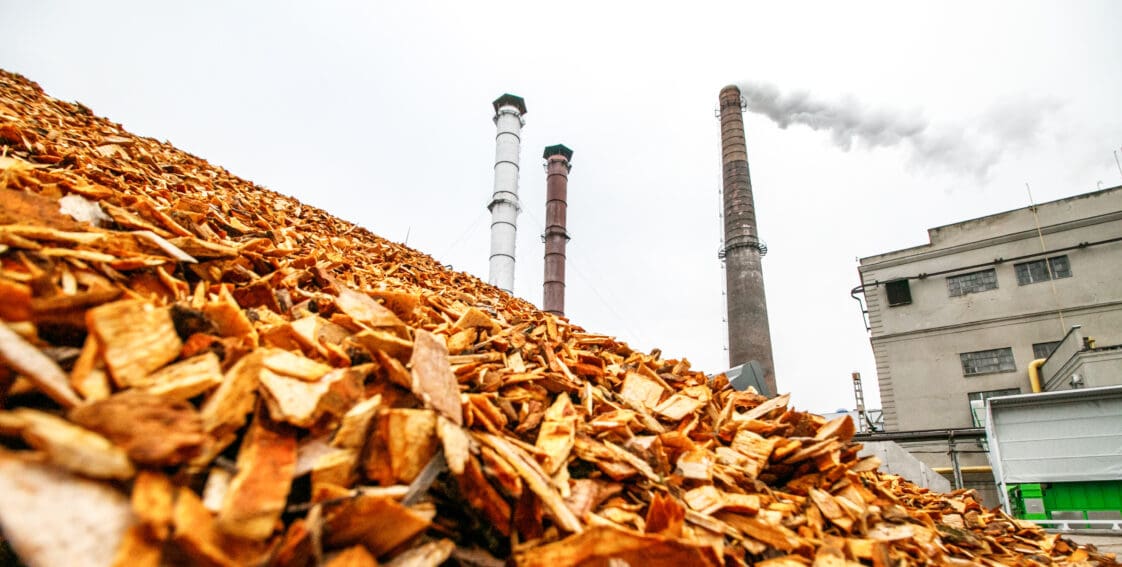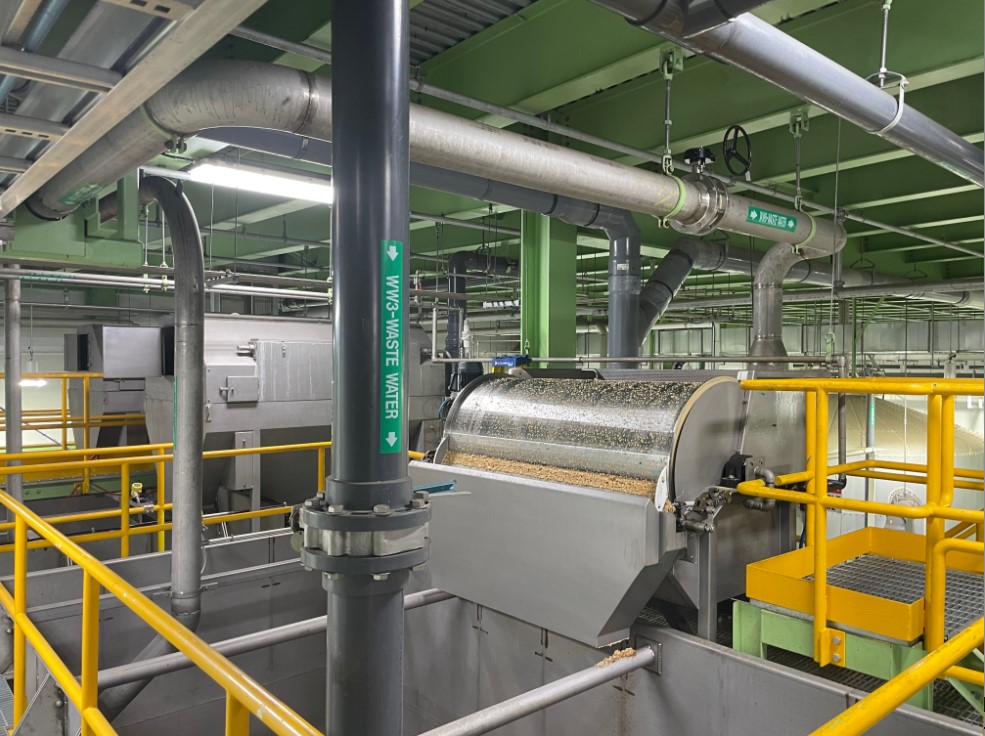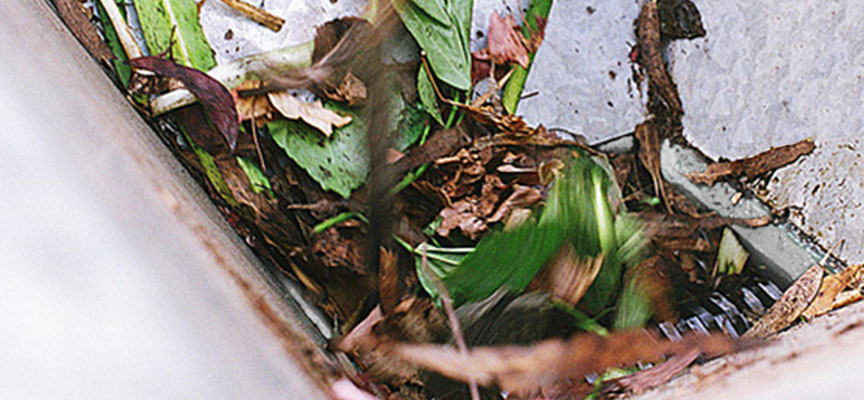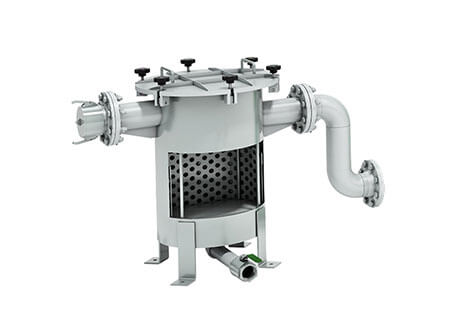
Maximizing Efficiency in Biomass Waste-to-Energy Systems
- Challenges With Waste-to-Energy Systems
- Shredders in Waste-to-Energy Systems
- Help Improve Waste-to-Energy Processes
- Request More Info
Biomass waste-to-energy (WtE) systems are a critical solution in modern waste management, transforming organic waste materials, like agricultural residues and forestry debris, into valuable heat, electricity, or biofuels. This approach has many benefits. First, it provides a renewable energy source, reducing reliance on fossil fuels and decreasing greenhouse gas emissions. These systems also help manage waste more effectively, turning what would be a disposal problem into a valuable energy resource.
For waste operators, understanding how to maximize the efficiency of these systems is crucial to improving energy output, increasing profitability, and minimizing environmental impact.
In this article, we’ll explore current challenges with biomass WtE systems and discuss how shredders can help resolve some of these obstacles.
Current Challenges With Waste-to-Energy Systems
Although biomass systems are beneficial, they do face several operational and environmental challenges that operators have to overcome, including emissions control, waste supply inconsistencies, energy conversion inconsistencies, and the popularity of recycling.
Emissions Control
One of the primary environmental concerns with biomass WtE systems is emissions management. Depending on the waste material being processed and the processing technology used, these systems can produce different pollutants, including particulate matter, carbon monoxide, nitrogen oxides, and, in some cases, dioxins and furans.
Waste Supply
Another challenge is securing a consistent and reliable supply of biomass waste. The availability of biomass can vary seasonally and is often dependent on local agricultural or forestry activities, which can be influenced by economic shifts and climate variations.
Additionally, the quality of biomass feedstock plays a crucial role in the efficiency of waste-to-energy processes; variations in moisture content, particle size, and composition can affect the energy output and operational stability of these systems.
Energy Efficiency
Maximizing the energy conversion efficiency in WtE systems is also a challenge. Many existing facilities struggle with inefficiencies due to outdated technologies or suboptimal operating conditions.
Balancing It With Recycling
Lastly, there is an inherent challenge in balancing the goals of biomass WtE systems with recycling initiatives. While WtE processes provide a way to convert waste into energy, they can sometimes compete with recycling for the same materials, such as paper, wood, and certain plastics. This competition can undermine recycling rates and sustainability goals.
Introducing Shredders in Waste-to-Energy Systems
Believe it or not, industrial shredders can provide critical improvements in waste-to-energy processes, especially in biomass energy production. These units are designed to pre-process different types of waste by reducing their size, which is crucial for subsequent handling and conversion processes.
Let’s take a look at how specifically these shredders can help resolve some of the challenges we discussed earlier.
How Can Shredders Improve Waste-to-Energy Systems?
Improves Feedstock Quality
Shredders improve the uniformity and consistency of waste materials, which are essential for stable and efficient combustion or bio-digestion. By breaking down bulky items and reducing particle size, shredders make the waste feedstock easier to manage and process, leading to more uniform combustion and fewer operational disruptions.
Reduces Emission Levels
Shredders indirectly help reduce emission levels from WtE plants by allowing for more complete and efficient combustion. Fine waste burns more thoroughly, decreasing the amount of unburnt waste and reducing the emissions of carbon monoxide, hydrocarbons, and particulate matter.
Increases Waste Input Flexibility
Shredders also allow WtE systems to handle a wider variety of waste inputs. Once shredded, different waste types, including those previously considered unsuitable for WtE processes due to their size or composition, like high-moisture organic content and inorganic waste, can be effectively processed. This flexibility is critical for maintaining continuous operation, especially in regions with inconsistent waste supplies.
Improves Efficiency
As mentioned earlier, smaller, more uniform particles have a larger surface area relative to their volume, which improves their burn rate and heat release, improving the overall thermal efficiency of the WtE plant and maximizing the energy output from the processed waste.
The shredded waste also facilitates more effective pollution control within WtE systems. With better combustion efficiency, the load on pollution control systems, such as scrubbers and filters, is reduced. This improves the lifespan and performance of these systems while lowering maintenance costs and downtime.
Facilitates Recycling
Shredders also help separate and recover recyclable materials from mixed waste streams before the waste is converted to energy. For example, shredders can process and segregate plastics from organic waste, which can then be recycled and reused. This not only supports environmental sustainability goals by maximizing resource recovery but also helps operators support recycling initiatives rather than compete against them.
How JWC Environmental Can Help Improve Waste-to-Energy Processes
SHRED Series
JWC Environmental engineers and manufactures reliable biomass shredding machines, including the 1-SHRED, 3-SHRED and 3-SHRED-2, 4-SHRED-2, and 7-SHRED-2 models. Each model contains similar features, including:
- Dual-shafted, slow-speed, high-torque shredders that can easily cut through all types of organic and inorganic waste, including rocks, wood, and plastic.
- Automated monitoring and controls to optimize the shredder’s performance.
- Integrated steel scrapers to facilitate faster cutter cleanup and improve throughput.
- Customizable cutter configurations based on application requirements.
- Optional custom hoppers and stands.
The primary differences in these models are the throughput range and power output. The 1-SHRED is the smallest shredder we offer, featuring a 3-HP standard motor and a throughput range of up to 43 ft3/hr, while the 7-SHRED-2 is the largest model, with a throughput range of up to 1,504 ft3/hr and standard motors between 30 and 100 HP.
Internally Fed Drum Screens

As waste is fed into the rotating drum, smaller particles pass through the screen openings while larger particles exit the end of the drum. They’re useful for sorting materials after they’ve already been shredded/pre-processed.
JWC’s internally fed, all-stainless steel drum screens are particularly useful for recovering solids from waste streams. We offer three models: IFO, for flume water applications, IFU for effluents with low solid loadings, and IFS for high flows/high solids loading applications.
All three models feature a higher capture rate compared to conventional moving media screens, intermittent spray wash to reduce maintenance requirements, and customizable drum filter media based on application requirements.
HYDRO Grinders

These models help recover and dewater solids, prevent downtime, and protect downstream equipment from clogs by preconditioning sludges, slurries, and waste materials. Both models have JWC’s renowned dual-shafted, slow-speed, high-torque grinders that can shred rocks, wood, and other tough materials, customizable cutter stack configurations, and global motor and controller options.
These models are also compact and can fit into most process pipeline systems. The 3-HYDRO has a standard 5-HP motor, can be installed into pipes as small as four inches, and has a flow rate capacity of up to 2,450 GPM, while the 4-HYDRO features a standard 10-HP motor, can be installed into pipes as small as 12 inches, and has a flow rate capacity of up to 6,860 GPM.
Heavy Object Trap
Lastly, if you’re processing grease and fats from cooking oil, grease, and other similar waste into valuable biomass, our Heavy Object Trap can be incredibly useful. The Heavy Object Trap works with our Honey Monster grease receiving system, which has an integrated grinder that homogenizes liquid grease into a slurry. The Heavy Object Trap helps screen out trash, like rocks, knives, and other debris that could potentially damage downstream pumps and systems.
Request More Information Today

JWC Environmental has been helping biomass waste operators for a few decades. If you need help maximizing the efficiency of your waste-to-energy systems, let us help you. Our friendly team will not only help you find the best solution but also provide continuous support, including factory repairs, technology upgrades, part replacements, and standard preventative maintenance.
Please visit our website to browse our recommended biomass shredders and other products, or contact us today to speak with one of our experts.



